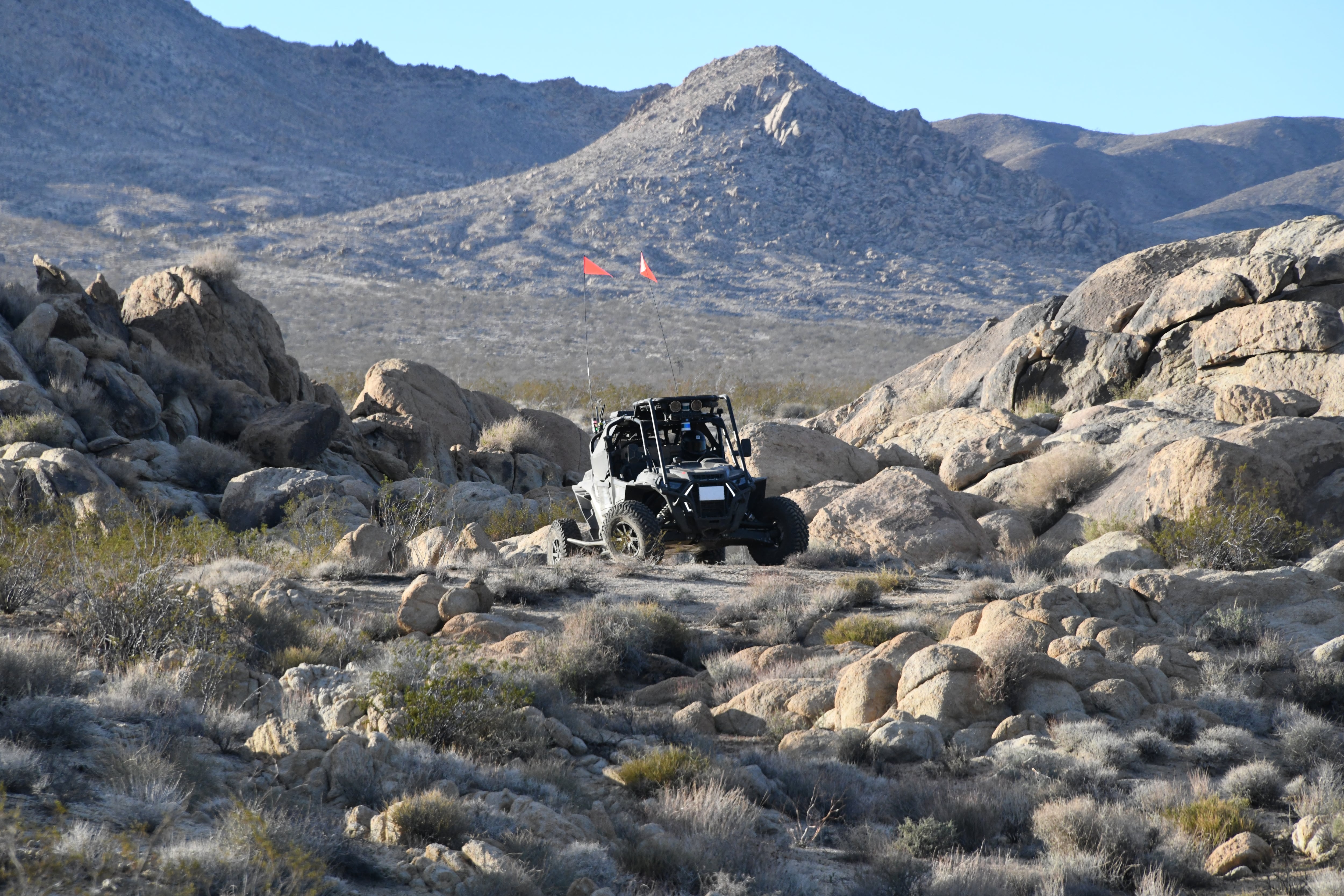WASHINGTON — The Army said it solved power problems that occurred during a live-fire exercise this year with some of the latest networking gear and older models of the Stryker combat vehicle.
Soldiers with the 3rd Squadron, 2nd Cavalry Regiment over the summer tested a batch of communications tools meant for Strykers, known as Capability Set 23. One issue identified during the experimentation, conducted in Germany, was related to power consumption.
The older Strykers upon which soldiers relied were power constrained, limiting what could be done in the field. At the time, questions lingered: Was the newly fitted kit — the integrated tactical network — or the Stryker variant at the root of the problem?
Operational feedback helped the Army’s Program Executive Office Command, Control and Communications-Tactical, or PEO C3T, and others mitigate the concerns. Newer, upgraded Double V-Hull Strykers also offer greater amounts of power, which officials recognized.
“Some of the feedback items they found were, [soldiers] really liked the new networking kit, but they found that we had installed a lot of it on legacy vehicles because that’s what they have. They haven’t been issued the new vehicles. As a result, they were experiencing some power challenges when they weren’t connected to generators,” Matt Maier, a project manager at PEO C3T, told reporters in August during a demonstration in New Castle, Delaware. “In fairness to the unit, those systems, those vehicles, weren’t designed for the extra network capability.”
The effort looped in Program Executive Office Ground Combat Systems, or PEO GCS, whose leader, Maj. Gen. Glenn Dean, described the Strykers employed during testing as “some of the oldest” in “the fleet.” The executive office’s portfolio includes Strykers and the Abrams tank.
“We may find there might be some things that were put on that were significant power hogs,” Dean said in a September interview, “but more than likely it’s the first-gen Stryker space, weight and power as the limitations.”
RELATED

One of the key takeaways from the experience is how critical coordination across executive offices and other entities is to ensure “the whole Army upgrade kind of happens at the same time,” Maier said. “So while they’re rolling out the new Double V-Hull Strykers or they’re rolling out the new armor formation vehicles, we can then roll out the same networking kit in those vehicles to those units.”
The Army is taking a stepwise approach to modernizing soldier communications and its own larger networks, the digital threads that connect assets on the battlefield and back home. The increments are known as capability sets, amalgams of ruggedized military tech and off-the-shelf products.
The capability set venture began in fiscal 2021 with eyes on infantry brigades. Capability Set 23 is tailored to Stryker brigades, using its predecessor as a foundation on which to further build. Capability Set 25 deals with armor.
“The focus on Capability Set 21 was on expeditionary units and infantry units,” Maier said. “But the focus for Capability Set 23 is on a more resilient network, better PACE options, and is focused on more-mobile units.”
PACE describes the order in which lines of communication will be tried until contact is established: primary, alternate, contingency and emergency.
Capability Set 23 provisions include cellular hot spots for vehicles, improved GPS routing and multiple input and output radios for rapid exchanges with command posts, both mobile and static. The set passed a critical design review in April, meaning the bloc of technologies was relevant, conceptually sound and cost effective.
The positive mark also cracked open the door to procurement.
Colin Demarest was a reporter at C4ISRNET, where he covered military networks, cyber and IT. Colin had previously covered the Department of Energy and its National Nuclear Security Administration — namely Cold War cleanup and nuclear weapons development — for a daily newspaper in South Carolina. Colin is also an award-winning photographer.








